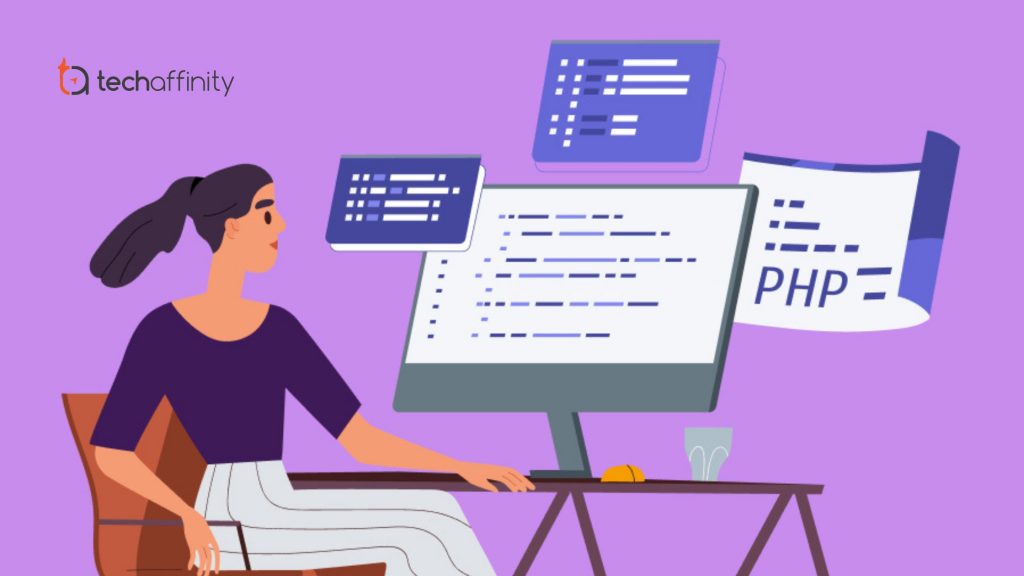Planning and Executing Your Next PHP Upgrade: A Comprehensive Guide

Author : Arul Selvan 20th Sep 2024

PHP Upgrade is a critical task that developers must regularly undertake to maintain the security, performance, and functionality of their web applications. However, the process is often met with hesitation due to the complexity and potential disruptions involved. Despite these challenges, keeping PHP up-to-date is essential, as community support for each version only lasts for four years.
In this blog, we’ll explore the benefits of upgrading PHP, address common challenges, and provide a step-by-step guide to help you plan and execute your next PHP upgrade effectively.
The Benefits of Upgrading PHP
Upgrading PHP is not just about staying current; it brings tangible benefits that can significantly impact your application.
Enhanced Performance
Each new PHP release typically delivers performance improvements. These enhancements can lead to faster application response times, better user experiences, and potentially significant cost savings due to reduced server load. For businesses, this means improved efficiency and the ability to serve more users without additional infrastructure.
Improved Security
Security is one of the most compelling reasons to keep your PHP version up-to-date. As new vulnerabilities (CVEs) are discovered, PHP updates are released to address them. Running an outdated version exposes your application to these known risks, which can be exploited by attackers.
Moreover, the ecosystem of libraries and tools that work with PHP often depends on these updates to function securely. Without upgrading PHP, your entire application stack could be vulnerable.
Ongoing Community Support
The PHP community is a vital resource for developers, but it primarily focuses on the most recent versions of the language. Libraries, frameworks, and tools are often updated to support only the latest PHP versions, meaning that running an older version can limit your access to new features and improvements. This support is crucial for maintaining compatibility and leveraging the latest advancements in web development.
The Challenges of a PHP Upgrade
While the benefits of upgrading PHP are clear, the process is not without its hurdles. Recognizing these challenges can help you plan more effectively and mitigate potential issues.
Time-Consuming Process
Upgrading PHP can be a time-intensive process, particularly for large applications with extensive codebases. Developers must carefully review and adjust the code to ensure compatibility with the new PHP version. This process can be daunting, especially if the codebase includes complex or poorly documented sections, which can lead to unintended side effects.
Risk of Downtime
Any major PHP upgrade requires a period of downtime, as the application must be taken offline to apply the updates. This can be a significant challenge for businesses that need to maintain continuous service. While strategies like using multiple web servers behind a load balancer can minimize downtime, it’s an issue that requires careful planning.
Potential for New Bugs
Code changes introduced during a PHP upgrade can inadvertently introduce new bugs. Even seemingly simple updates, such as replacing deprecated functions, can have cascading effects throughout the application. Thorough testing is essential to catch these issues early, but this adds to the time and resource requirements of the upgrade process.
How to Upgrade PHP Versions: A Step-by-Step Guide
Given the importance and challenges of upgrading PHP, a structured approach is essential. Here’s a step-by-step guide to help you navigate the process:
1. Plan Extensively
Effective planning is the foundation of a successful PHP upgrade. Start by scheduling extensive tests to ensure that your application functions correctly after the upgrade. Break the migration process into small sprints to make the task more manageable and reduce the risk of issues.
Consider downloading our free white paper on best practices for PHP upgrades and migrations, which provides detailed guidance on planning your upgrade.
2. Test in a Staging Environment
Testing is a critical step that cannot be overlooked. Before deploying the upgrade to production, thoroughly test your application in a staging environment. Use a combination of unit tests, integration tests, and end-to-end tests to identify and resolve any issues. Testing incrementally, rather than waiting until all code changes are complete, can help you catch problems early.
3. Update Packages and Libraries
A PHP upgrade often necessitates updates to the packages and libraries your application relies on. Some packages may no longer be compatible with the new PHP version, requiring either updates or replacements. Planning for these updates in advance will help you avoid disruptions.
4. Upgrade PHP Versions Gradually
If your application is several PHP versions behind, consider upgrading in smaller steps rather than jumping directly to the latest version. This approach reduces the risk of bugs and makes it easier to identify and resolve issues as they arise. Gradual updates also allow for better control over time and costs.
Final Thoughts
There’s no one-size-fits-all approach to upgrading PHP, as the process depends on the specific needs of your application and development team. However, by understanding the benefits, preparing for the challenges, and following a structured upgrade plan, you can ensure a smooth transition to the latest PHP version.
For businesses looking to minimize risk and ensure a successful upgrade, partnering with a team of PHP migration experts can be an invaluable asset. Experts like TechAffinity offer comprehensive services to guide you through the process, ensuring your application remains secure, efficient, and fully supported.
